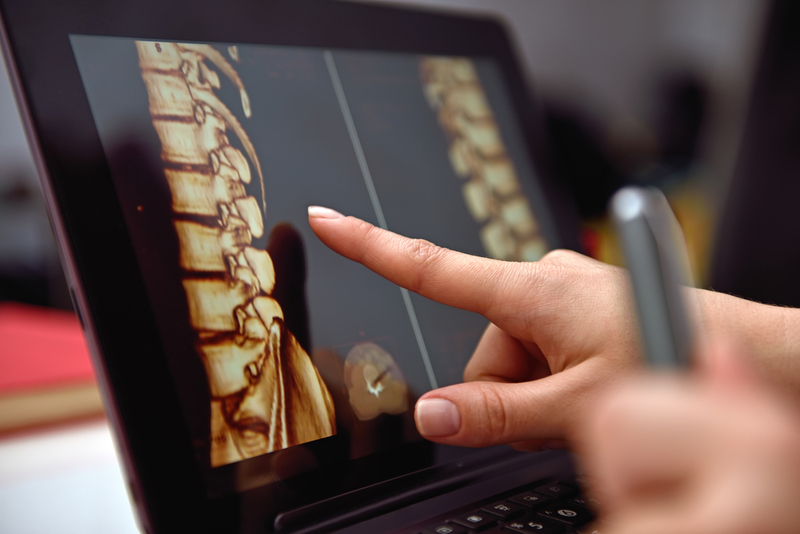New material to repair bone defects developed
IANS Feb 25, 2019
Using near-infrared (NIR) light irradiation, Chinese researchers have developed a biomaterial that can accelerate bone healing.

While thermal therapy has been traditionally used to treat bone regeneration, it has been proved inefficient in delivering the appropriate amount of heat to the correct part of the patient's body and may cause side effects such as surface burns.
On the other hand, NIR light is electromagnetic radiation with longer wavelengths than those of visible light. Due to higher transmittance through biological tissues, it has been used as a photothermal therapy to release heat. Researchers from the Chinese Academy of Sciences and City University of Hong Kong developed an implantable bio-composite made of black phosphorus nanomaterial and a widely-used tissue-engineering chemical compound to repair bone defects and promote the growth of new bone, Xinhua reported on February 23.
Phosphorus is one of the vital elements constituting about 1 per cent of the total human body weight. With the black phosphorus nanomaterial, the composite has shown a highly-efficient photothermal response. Even when the composite is covered by a tissue barrier as thick as 7 mm, it can still increase the temperature under the NIR light irradiation.
In the experiments conducted on rats, researchers found that the most effective target temperature by the NIR light-trigger is between 39.5 and 40.5 degrees Celsius, only about 3 to 5 degrees higher than the normal human body temperature.
The results of the study were published in the journal Biomaterials. According to lead author Tong Liping, the composite has large clinical potential. It is biodegradable and can produce non-toxic end products such as water and carbon dioxide which can also serve as necessary bone ingredients.
-
Exclusive Write-ups & Webinars by KOLs
-
Daily Quiz by specialty
-
Paid Market Research Surveys
-
Case discussions, News & Journals' summaries